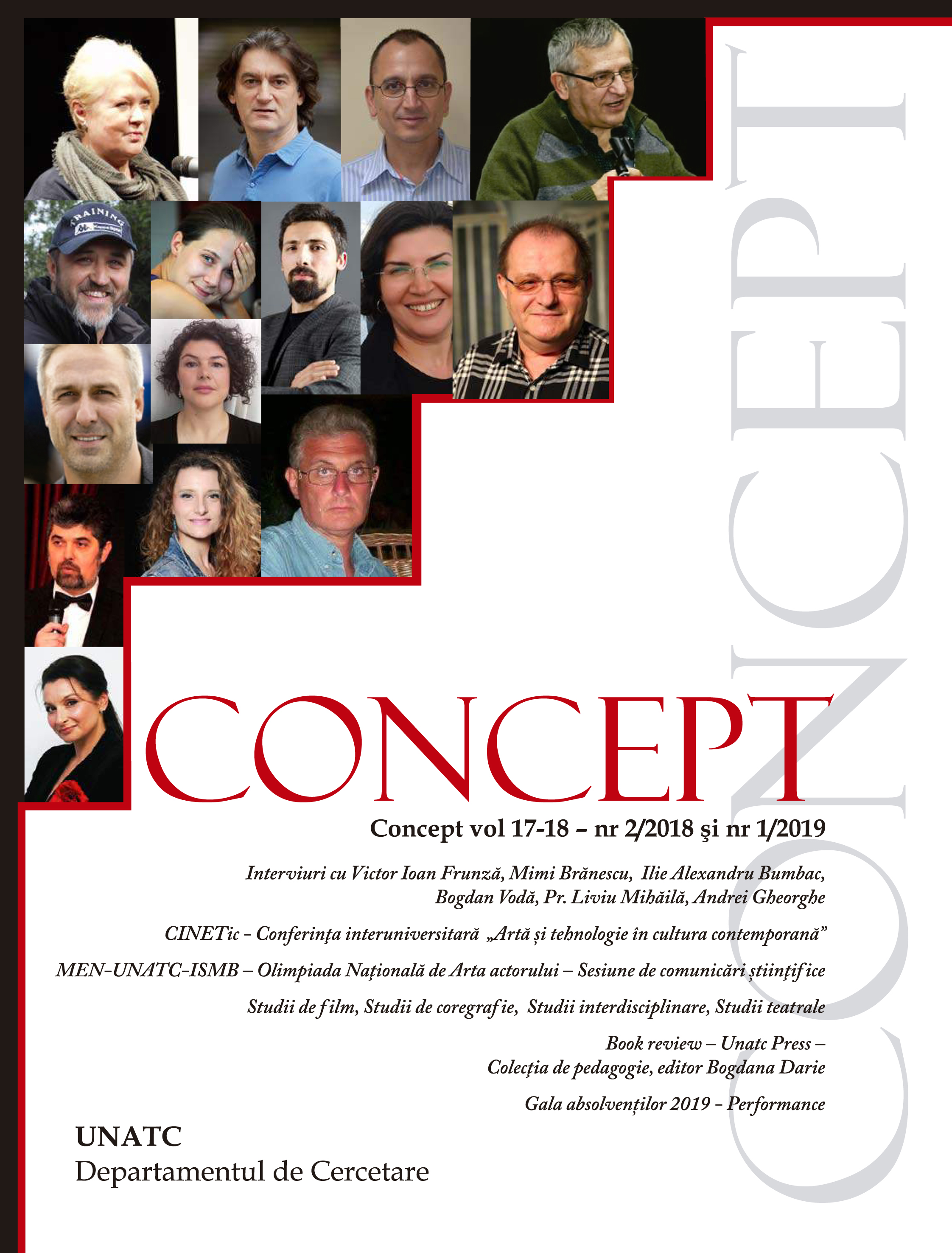IMPORTANȚA TEHNOLOGIEI ÎN CERCETAREA, CONSERVAREA ȘI RESTAURAREA TABLOURILOR LUI NICOLAE GRIGORESCU DIN COLECȚIA MUZEULUI DE ARTĂ IAȘI
PRESERVATION AND RESTORATION OF NICOLAE GRIGORESCU'S PAINTINGS FROM THE COLLECTION OF THE IAŞI ART MUSEUM
Author(s): Daniela SalajanSubject(s): Visual Arts, History of Art
Published by: Universitatea de Teatru si Film »I.L. Caragiale« (UNATC)
Keywords: Nicolae Grigorescu; conservation; restoration; paintings; art; scientific researh; National Patrimony;
Summary/Abstract: Scientific research of art works in general, using modern techniques, is essential for the propper unfolding of the conservation and restoration processes. Technique makes available a series of methods, which help us expand our field of perception and, in particular, the potency of our eyes. Internal and external ailments of the art work, the irreversible process of aging and subsequent intervention and its implications are analized, and the complex documentary material has the purpose of firstly determining the practical measures for stopping the degradation processes, and then restoring the image as close to the original as possible, or to put it more briefly, setting a safe diagnosis conditions a correct treatment. Also, results of the investigation can contribute to the dating of an object and the verification of its authenticity. From the 46 paintings signed by the great Romanian painter Nicolae Grigorescu that are part of the Iași Museum of Art’s patrimony, 12 oil paintings, with canvas prop or wooden pannel, have been chosen for this study. With the help of technology available at the Iași Center for Research, Conservation and Restoration of the National Patrimony, using new, noninvasive methods, a series of physico-chemical investigations took place, which highlight the painter’s work technique, the painting’s state of conservation and the pigments used. Thus, images have been aquired, following multispectral investigations, done by sources of light with different wavelenghts of the electromagnetic spectrum. Analysis of anorganic pigments has been done in situ, using X-ray fluorescence spectometry and Raman spectrometry.
Journal: Concept
- Issue Year: 2019
- Issue No: 1-2
- Page Range: 241-252
- Page Count: 12
- Language: Romanian

